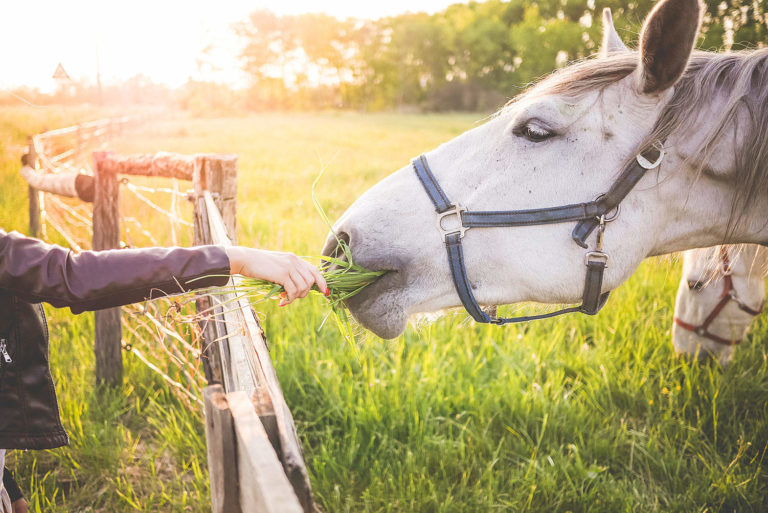
Can I Feed Them the Same Amount?
The feed room is a riot of feed bags and empty buckets, and the horses are banging on their doors waiting impatiently for the feed to arrive. The stablehand grabs a dipper and starts doling

The feed room is a riot of feed bags and empty buckets, and the horses are banging on their doors waiting impatiently for the feed to arrive. The stablehand grabs a dipper and starts doling
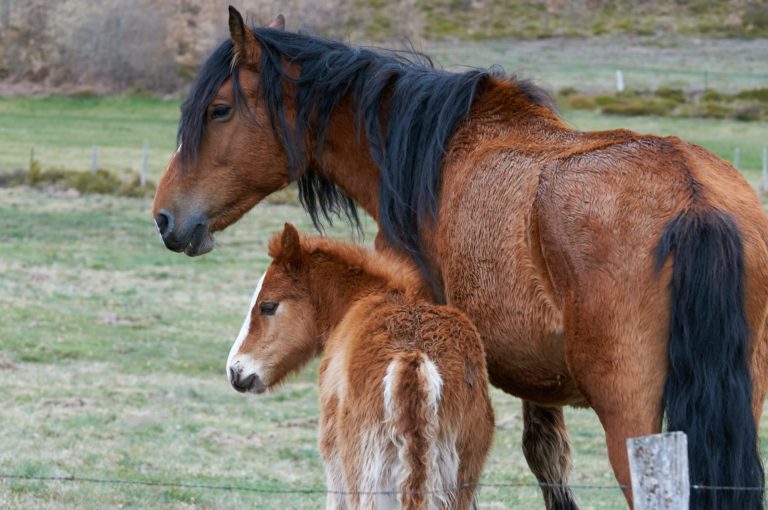
Four Dietary Management Tips for Horses to Consider as Cold Weather Descends 1. Stash Away Hay As we all know, hay is often a mainstay of winter diets. When pasture grasses stop growing and start
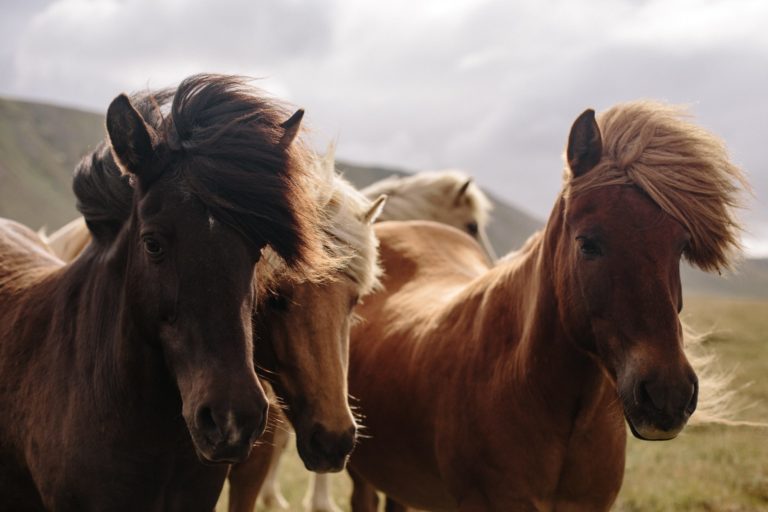
It is important that all persons responsible for the health care of horses have an understanding of the common worms and how to control them. Regular worm control of internal parasites is important to ensure
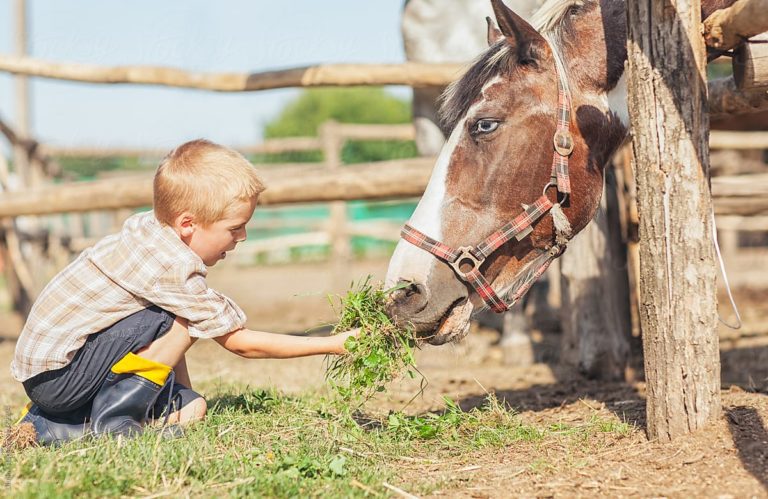
If your horse has been out of work during the winter, what is the best way to increase its energy intake as you begin exercising him in the spring? Mother Nature may boost your horse’s
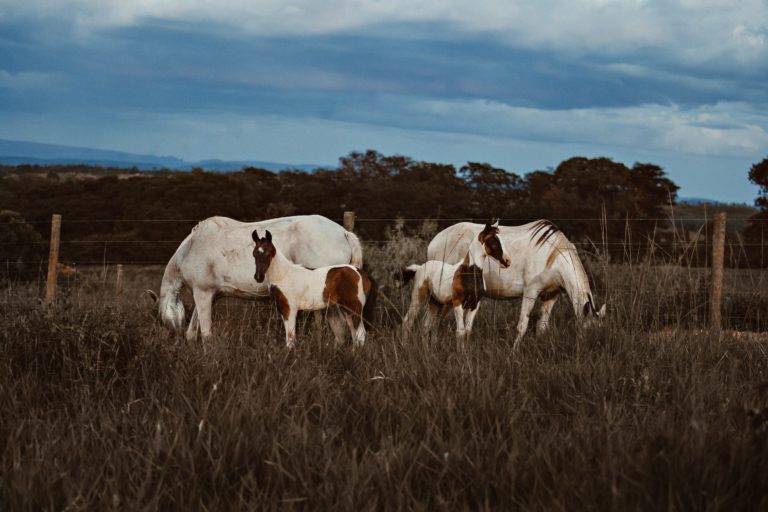
Details of the Equine Digestive Tract Grass, hay, and grain go in one end of the horse and what’s left comes out the other…what more does anyone need to know about the digestive tract? For
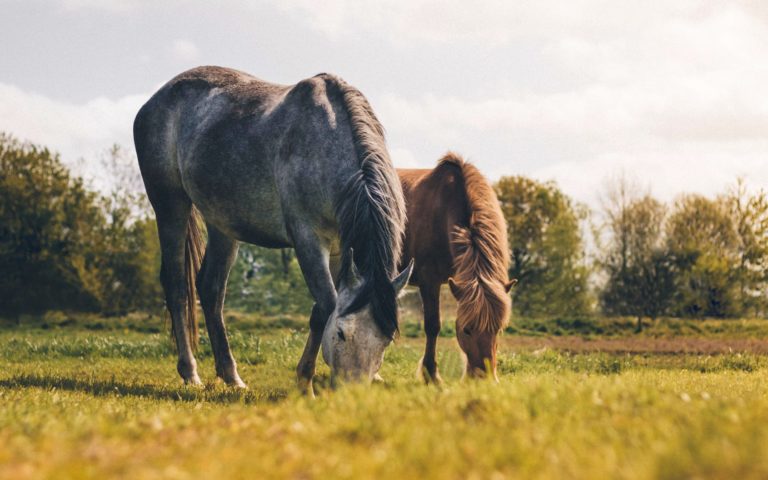
Ahh, the joys of summer. Hot days mean early morning rides, the smell of fresh horse sweat in your nose and the warm sun on your back (not to mention the steady hum of flies

Two species of lice can infest horses, causing skin irritation, self mutilation and loss of condition. Incidence peaks in late winter and spring, recurring annually once lice become established in a stable or paddock. Long
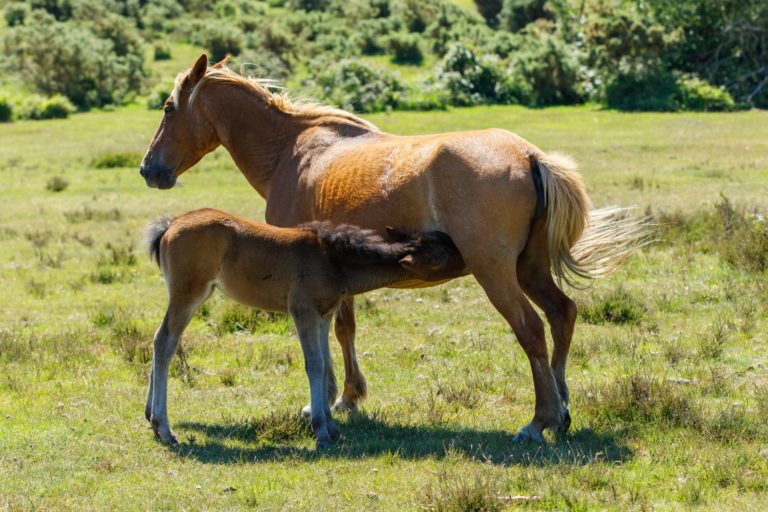
Mares should be fed differently during early pregnancy, late pregnancy, and lactation. By understanding the mare’s nutrient needs during each stage of her reproductive cycle, an intelligent and cost effective feeding program can be designed
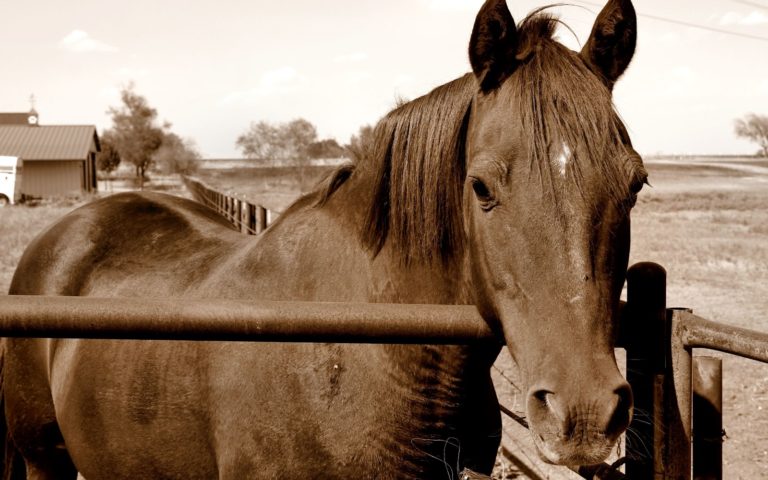
Bleeding from one or both nostrils is referred to as Exercise Induced Pulmonary Haemorrhage. EIPH appears to be related to the speed of exercise, with greater risk in horses exercising at maximal speed or effort.
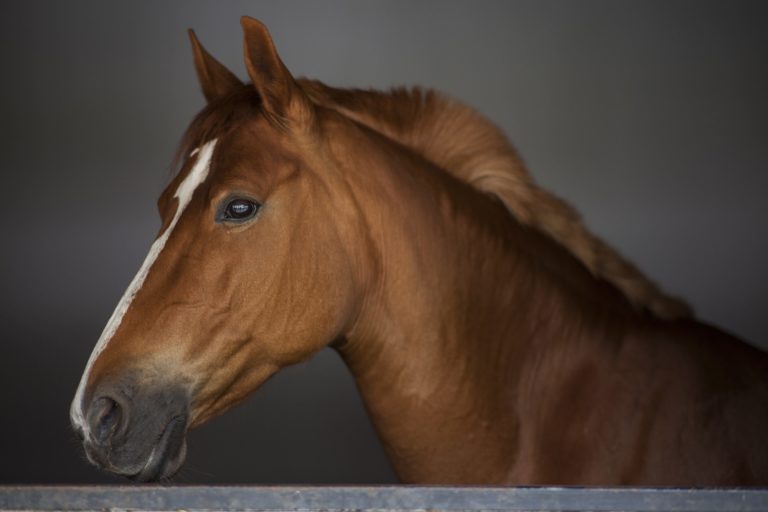
Basic care of older horses needs to include all the steps involved in managing younger horses, with some extra attention to handling the senior horse’s changing needs.
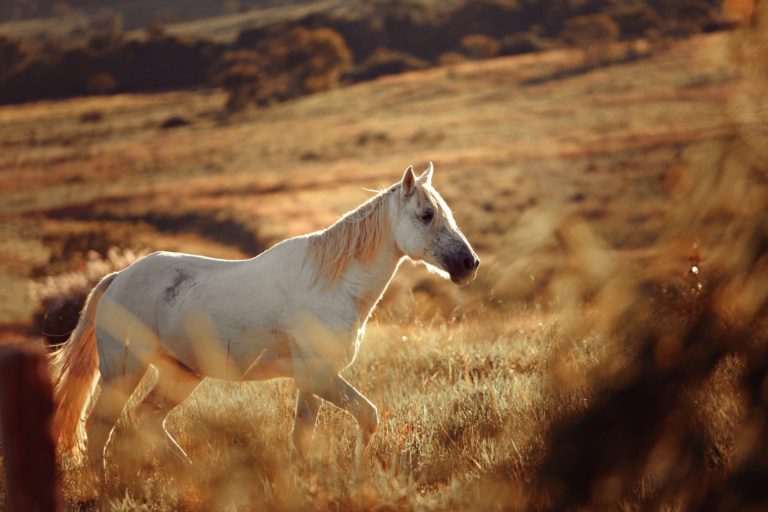
Of all the common lameness problems that affect horses and ponies, laminitis and founder are most feared by horse owners. In fact, laminitis is the second biggest killer of horses after colic. Laminitis occurs when
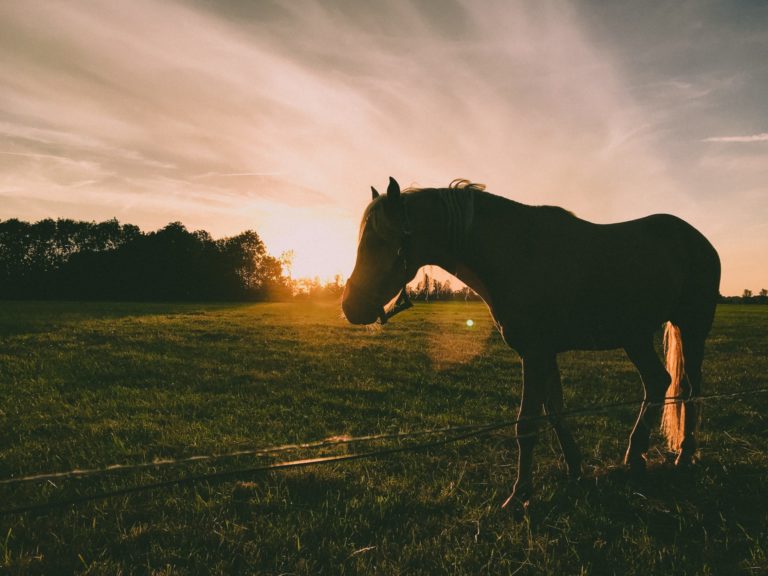
Don’t despair! The answer to a beautiful rounded horse may not be out of reach.
VetZone - for people who love their pets